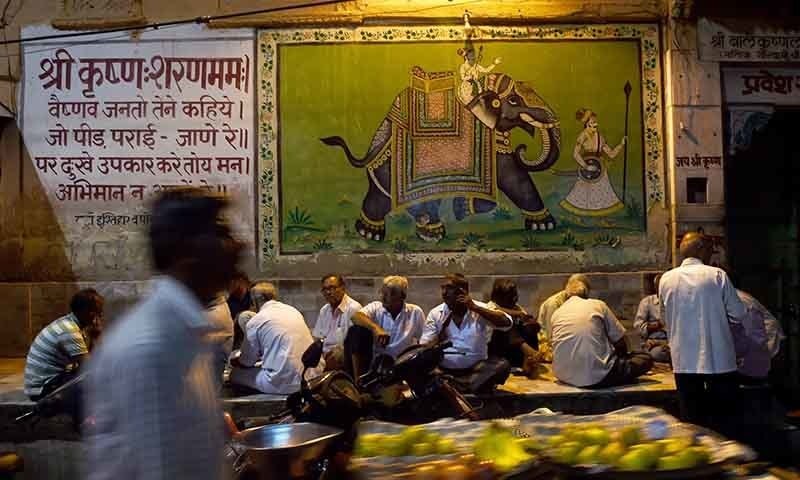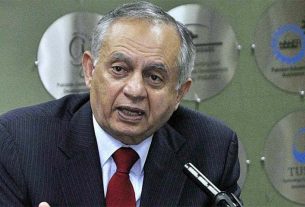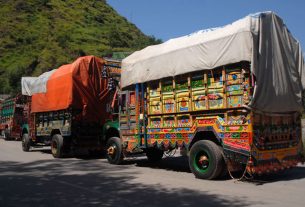Consumer spending in India’s rural areas has plummeted to a four-decade low, a leading business daily reported on Friday, bringing more bad news for Indian Prime Minister Narendra Modi as he struggles to revive a stuttering economy.
Consumer demand in India’s villages fell 8.8 per cent between July 2017 and June 2018 — the sharpest 12-month drop since 1972-73, the Business Standard reported, using unpublished data recorded by India’s National Statistical Office (NSO).
Two thirds of the 1.3 billion population live in rural areas, making it a key economic driver. But spending on food, education and clothing declined, with demand for essential items such as cereals plunging 20pc, the newspaper said.
The report should have been released in June, but was pushed back because of its “adverse” findings, Business Standard said citing sources familiar with the matter.
A government official told AFP the report was not finished.
“The NSO report is still under processing and not validated, and many officials are not privy to the data,” said A.K. Mishra of the ministry of statistics.
The data “can only be confirmed once the ministry publishes the report”, Mishra added.
If the findings are confirmed, it would ring yet another alarm bell over Asia’s third-largest economy, which has endured five consecutive quarters of slowing growth.
In January, Business Standard reported that unemployment had surged to a four-decade high during Modi’s first term in power, citing unpublished data from the ministry.
The delay in releasing the jobs report prompted a top Indian government statistician to quit in protest.
The report confirming the jobless data was finally released in May, after Modi was re-elected with a thumping majority, defeating challenger Rahul Gandhi.
On Friday, Gandhi hit out at the government’s alleged attempt to bury unflattering data, tweeting: “Modinomics stinks so bad, the government has to hide its own reports.”
To counter the fall in demand for everything from cars to cookies, India’s central bank has trimmed interest rates five times in a row, but to little effect.
Experts say India’s economy has never recovered from Modi’s surprise cash ban in 2016, which made 86pc of the currency in circulation void. Many small businesses shut up shop and hundreds of thousands lost their jobs.
The rollout of a nationwide Goods and Services Tax (GST) in July 2017 worsened the situation as businesses struggled to adjust to the new rules. In October, market researcher Nielsen said Indian rural consumption had slumped to a seven-year low, highlighting falling income for farmers who are struggling with mounting debt.



